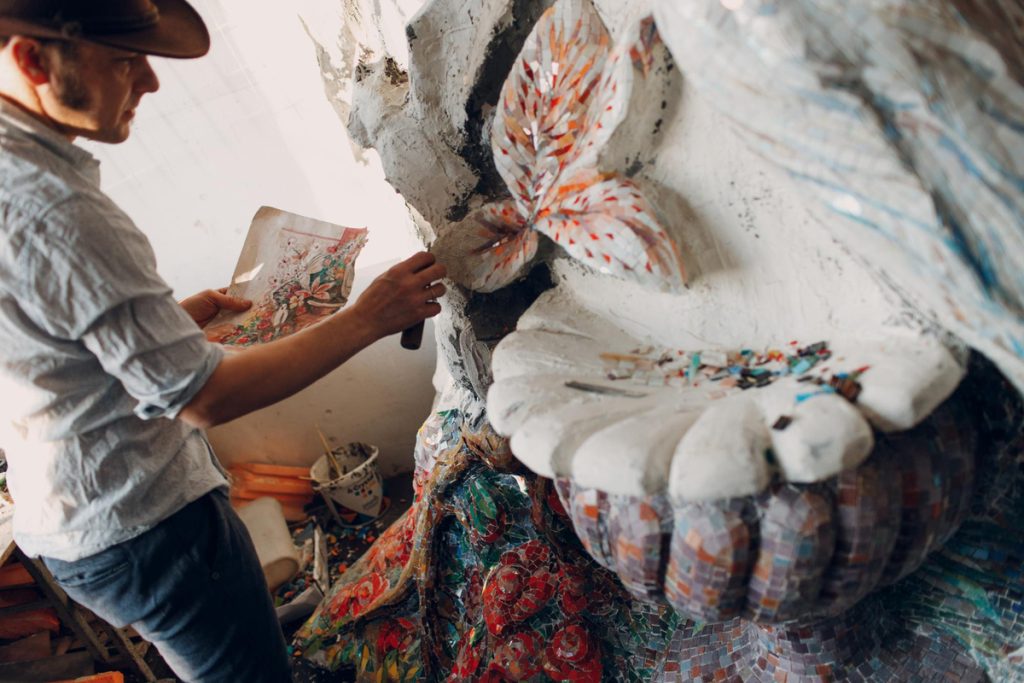Art has always been a powerful medium for expressing the complexities of human experience, and how art reflects the social issues of its time is a topic that resonates deeply with both creators and audiences alike. Throughout history, artists have used their work to comment on political unrest, social injustice, and cultural shifts, making art a mirror that reflects the prevailing sentiments of society. From the poignant paintings of the Renaissance to the provocative street art of today, the relationship between art and social issues is both profound and multifaceted.
In this article, we will delve into various historical and contemporary examples that illustrate how art serves as a commentary on the social issues of its time. You will discover how movements such as Impressionism and Dadaism emerged as responses to societal changes, and how modern artists continue to challenge norms and provoke thought through their work. By examining these connections, we aim to highlight the vital role that art plays in fostering dialogue and understanding around pressing social concerns.
As you read on, you will gain insights into the ways in which artists have navigated their environments, using their creativity to address issues such as inequality, war, and environmental degradation. We encourage you to explore these themes with us, as we uncover the stories behind the art and the artists who dare to confront the world around them. Join us on this enlightening journey to understand the intricate tapestry of art and its reflection of social issues throughout history.
The Role of Political Art in Social Movements
Political art has historically played a crucial role in social movements, serving as a powerful tool for advocacy and change. Artists often use their work to comment on political issues, raise awareness, and inspire action. From the propaganda posters of World War II to contemporary street art, political art reflects the sentiments of the time and can mobilize communities around a common cause.
For instance, the works of artists like Banksy highlight social injustices and provoke thought about issues such as war, poverty, and inequality. By engaging with these themes, political art not only reflects societal concerns but also encourages viewers to question the status quo and consider their role in enacting change.
Art as a Reflection of Cultural Identity
Art serves as a mirror to cultural identity, capturing the essence of a community’s values, beliefs, and experiences. Through various forms of expression, artists convey the complexities of their cultural backgrounds, often addressing issues such as race, ethnicity, and gender. This exploration of identity can foster a sense of belonging and promote understanding among diverse groups.
For example, the Harlem Renaissance was a pivotal moment in American history where African American artists, writers, and musicians celebrated their cultural heritage. Their works not only reflected the struggles faced by the Black community but also celebrated their achievements, thereby reshaping the narrative around race in America.
The Impact of Economic Conditions on Artistic Expression
Economic conditions significantly influence artistic expression, shaping the themes and styles that artists explore. During times of economic hardship, art often reflects the struggles of everyday life, highlighting issues such as poverty, unemployment, and social inequality. Conversely, periods of economic prosperity may lead to more experimental and avant-garde forms of art.
For instance, the Great Depression saw the rise of social realism, where artists depicted the harsh realities of life for the working class. This movement not only documented the struggles of the time but also served as a critique of the economic system, urging society to address these pressing issues.
The Influence of Technology on Art and Society
Technological advancements have transformed the way art is created, distributed, and consumed, reflecting the changing dynamics of society. From the invention of the printing press to the rise of digital media, technology has expanded the possibilities for artistic expression and engagement. Artists now have access to new tools and platforms that allow them to reach wider audiences and address contemporary issues in innovative ways.
For example, social media has become a powerful platform for artists to share their work and connect with audiences globally. This democratization of art allows for diverse voices to be heard, often highlighting social issues such as climate change, human rights, and political unrest. As technology continues to evolve, so too will the ways in which art reflects and responds to societal challenges.
The Role of Art in Mental Health Awareness
Art has long been recognized as a therapeutic tool, playing a vital role in mental health awareness and advocacy. Through various forms of artistic expression, individuals can explore their emotions, share their experiences, and connect with others facing similar challenges. This aspect of art not only reflects the societal stigma surrounding mental health but also promotes understanding and empathy.
Art therapy, for instance, has gained recognition as an effective method for addressing mental health issues. By engaging in creative processes, individuals can express feelings that may be difficult to articulate verbally. This therapeutic approach not only aids in personal healing but also raises awareness about mental health, encouraging open conversations and reducing stigma in society.
| Aspect | Description |
|---|---|
| Historical Context | Art often serves as a mirror to the historical events and social movements of its time, capturing the essence of societal struggles and triumphs. |
| Medium and Style | The choice of medium (painting, sculpture, digital art) and style (realism, abstraction) can reflect the prevailing attitudes and technologies of the era. |
| Political Commentary | Many artists use their work to comment on political issues, advocating for change or highlighting injustices, thus influencing public opinion. |
| Social Movements | Art has played a crucial role in social movements, from the civil rights movement to feminist art, providing a platform for voices that challenge the status quo. |
| Cultural Identity | Art reflects the cultural identities and experiences of different communities, showcasing diversity and promoting understanding among various groups. |
| Emotional Resonance | Art evokes emotions and can raise awareness about social issues, encouraging empathy and prompting viewers to engage with the subject matter. |
| Evolution Over Time | As society evolves, so does art. New movements emerge in response to changing social dynamics, reflecting contemporary issues and future aspirations. |


